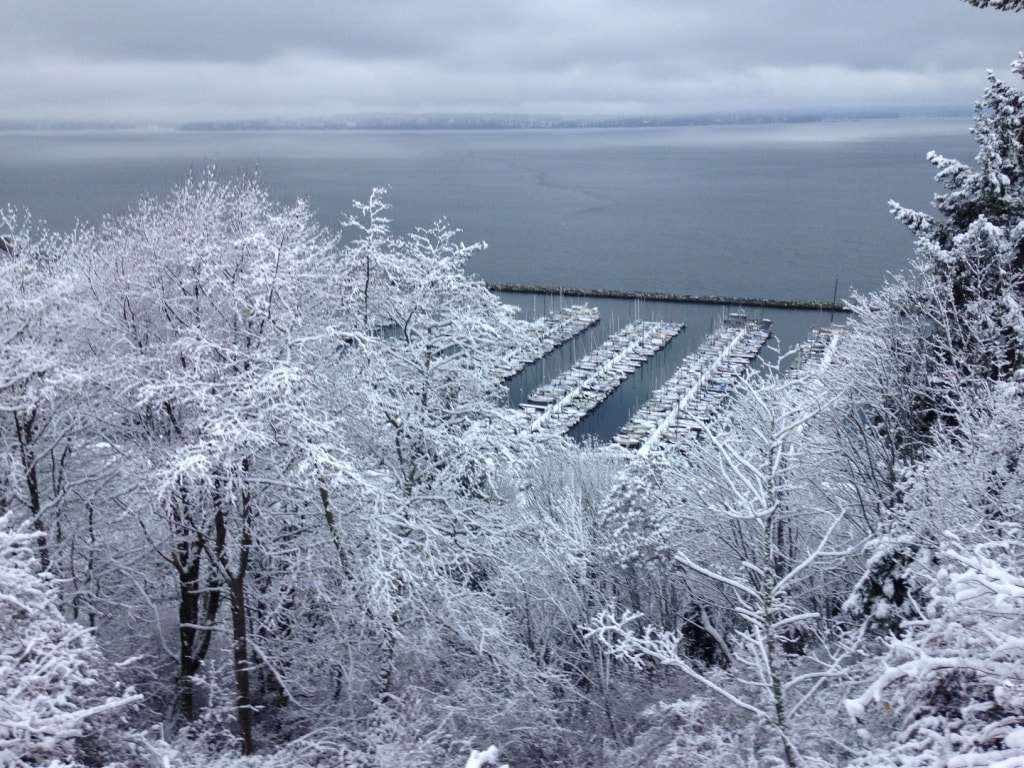|
SNOWFLAKE WEEK 2019
Just as no two snowflakes are alike your child is not like any other child. Yes, they may have family similarities or are right on target with other children their age on the development charts but they are all unique little people. Enjoy those special qualities that make your child a ‘snowflake’ – unique and one-of-a-kind! This week we will be talking about snowflakes. The Science of Snowflakes: Facts and Activities for Children Laure Latham December 9, 2015 Six is the magic number for snow - did you know that? If you had a big magnifier and stepped outside with your children on a cold winter day to watch snow fall from the sky, here is what you might observe - six-sided hexagonal crystals, needles or flat six-sided crystals, and a wide variety of six-sided shapes. All snowflakes are a combination of the number six for simple chemical reasons - they're all variants of the water molecule. Despite all snowflakes having six sides, not two snowflakes are exactly identical. How crazy is that? Here are a few more fun facts about snowflakes as well as simple science activities you can do with your children. Where Do Snowflakes Come From? As obvious as this may sound, snowflakes—or more scientifically, snow crystals—are formed in clouds. However they are not frozen raindrops, as that's called sleet or hail. Snowflakes are a different cold weather phenomenon formed from water vapor that condenses around a tiny particle—the seed crystal, usually a speck of dust—in clouds. Cloud droplets condense around the seed crystal and freeze on the surface of the particle, patterns emerging as the crystals grow. The shape of snowflakes is determined by the altitude and temperatures at which they are formed. When several crystals stick together or create puffy white balls, they become snowflakes. Once the snowflakes are heavy enough, they fall to the earth. The average snowflakes fall at an average speed of 3.1 miles per hour! Snowflake Song Snowflakes, snowflakes, dance around, Snowflakes, snowflakes, touch the ground Snowflakes, snowflakes, in the air Snowflakes, snowflakes, everywhere Snowflakes, snowflakes, dance around Snowflakes, snowflakes, touch the ground Five Little Snowmen Five little snowmen riding on the sled (pretend five fingers are sledding) One fell off and bumped his head (pretend one finger falls off...rub head) I called Frosty and Frosty said (dial imaginary telephone) "No more snowmen, riding on that sled!" (say in a deep voice) Four little snowmen... etc Winter Song Way up high in the snowy tree Lots of little snowflakes smiled at me. I shook that tree as hard as I could. Down came the snowflakes They are cold! Comments are closed.
|
CategoriesArchives
June 2021
Links |
